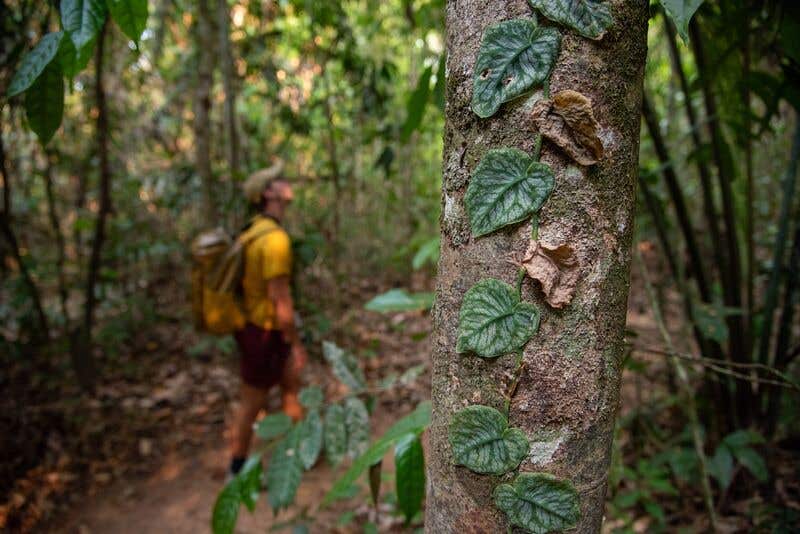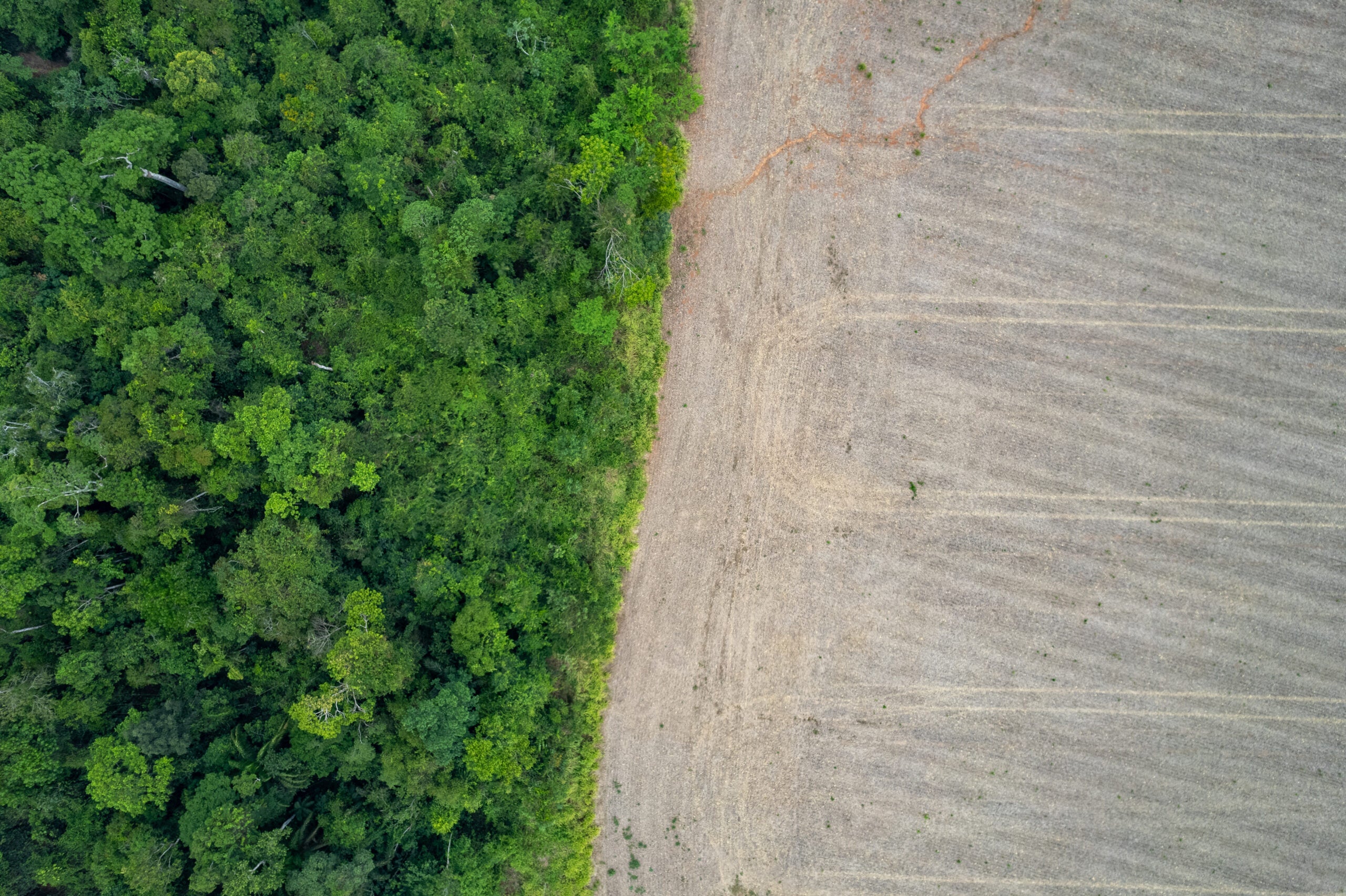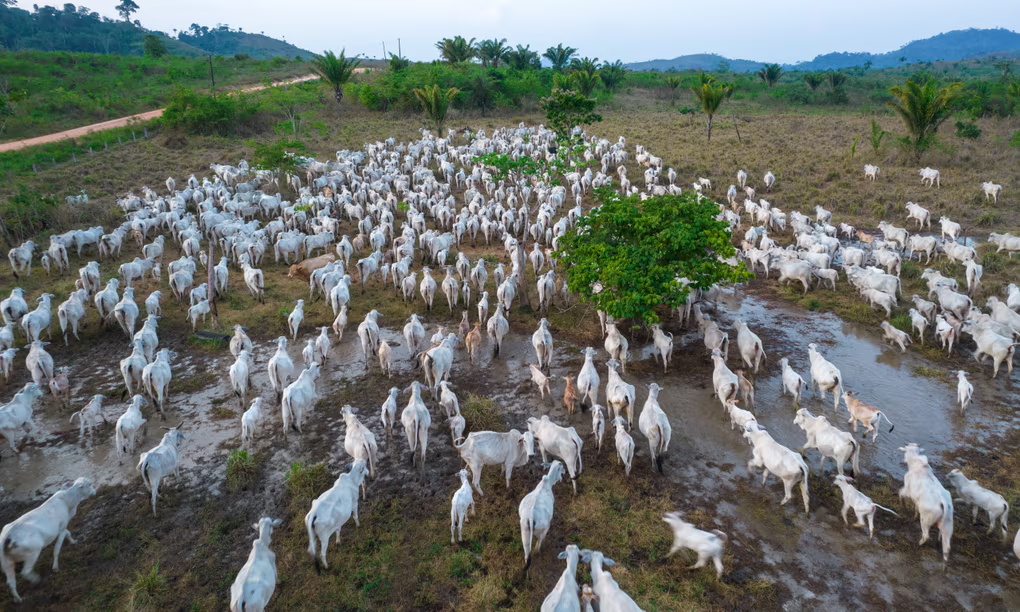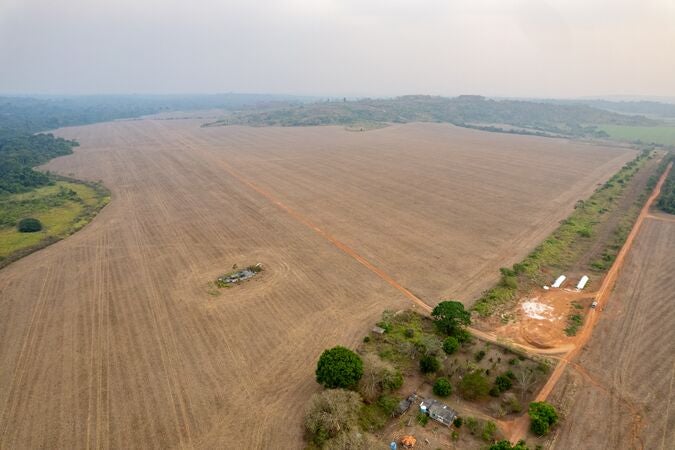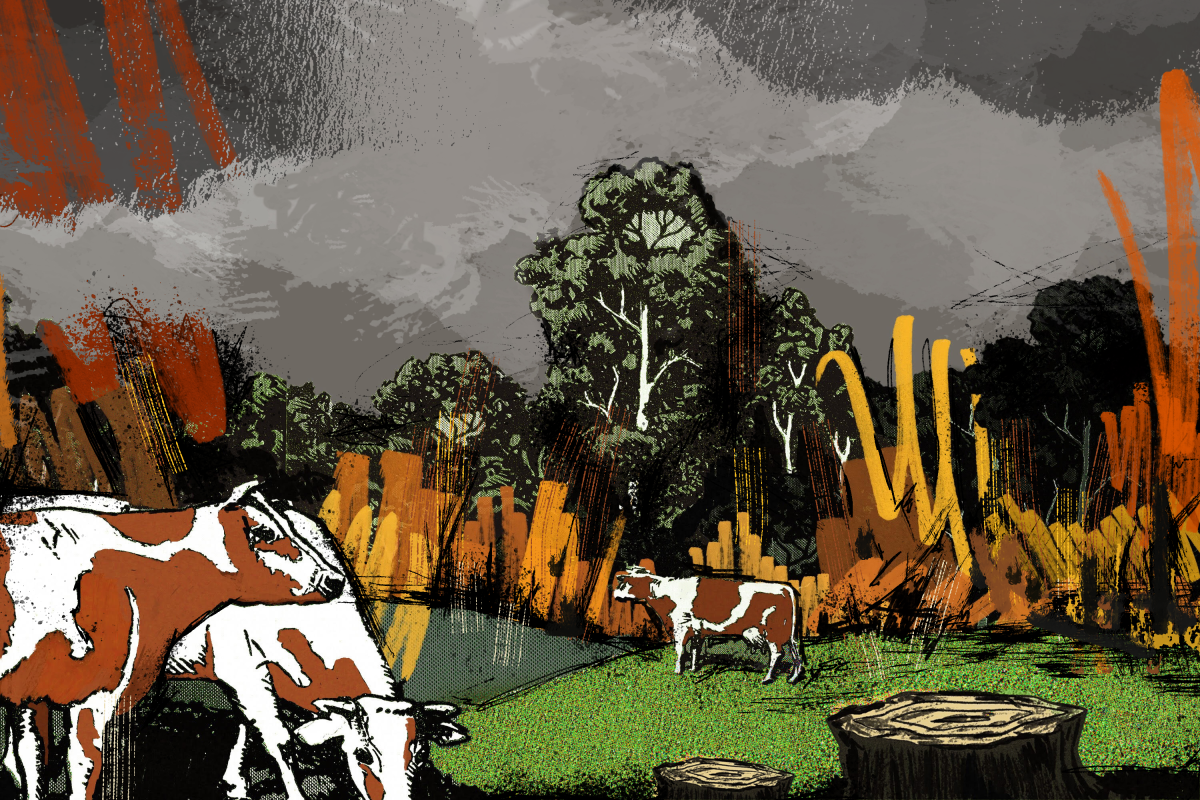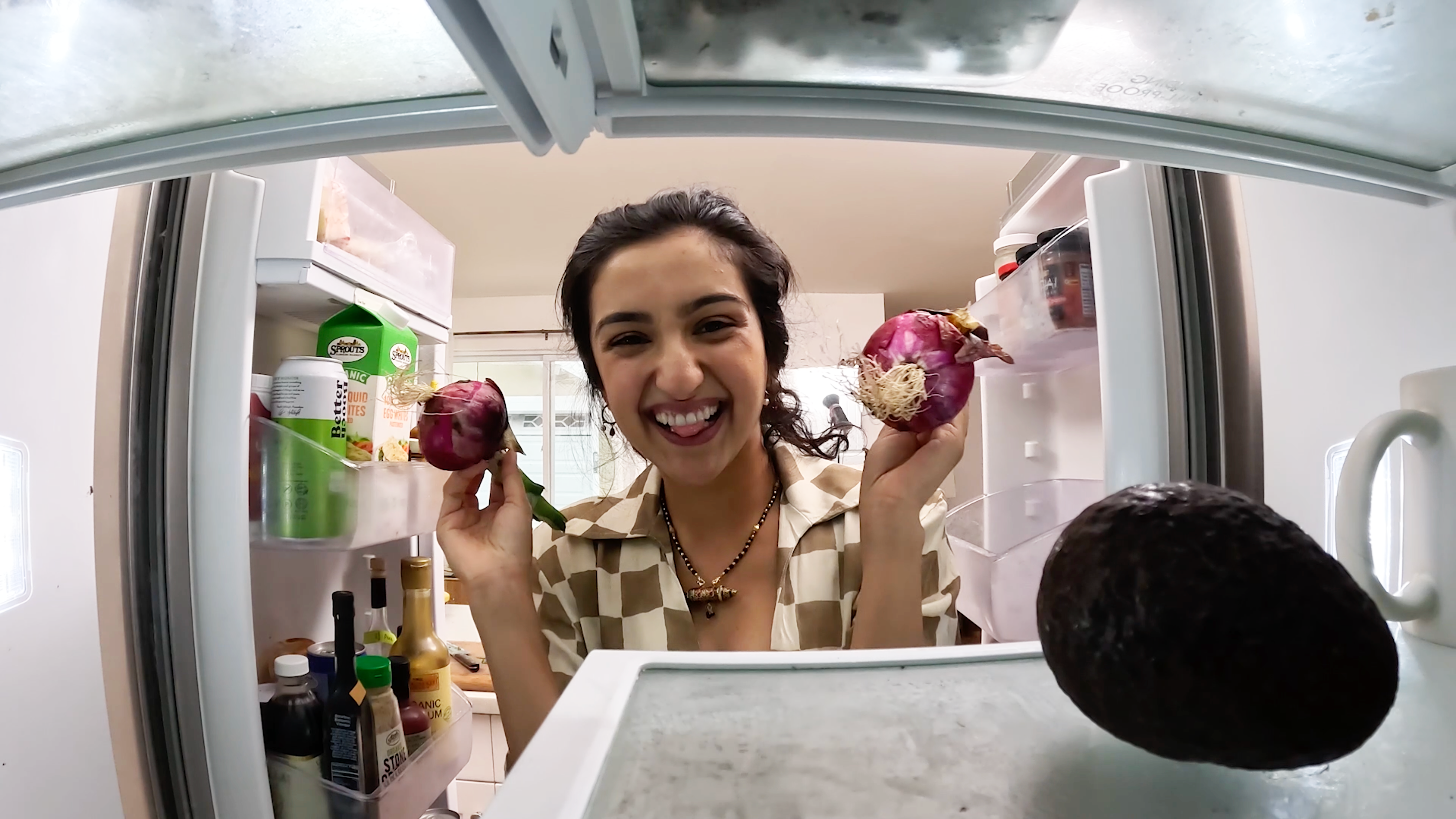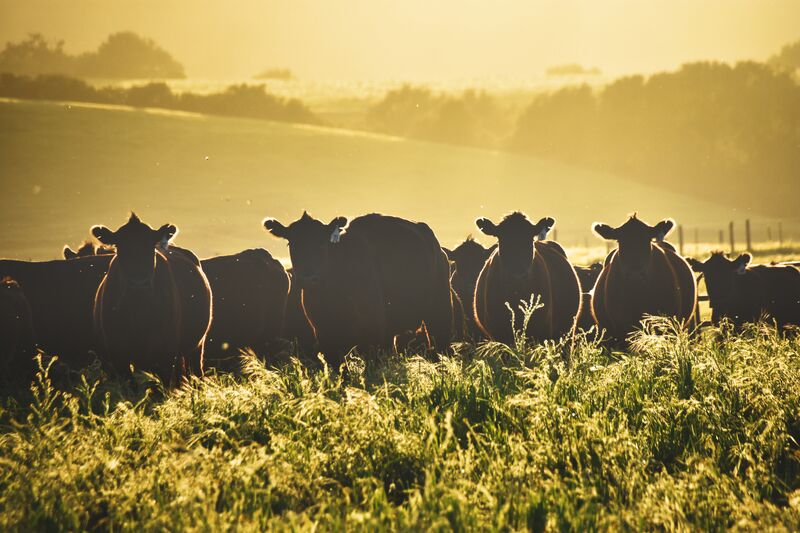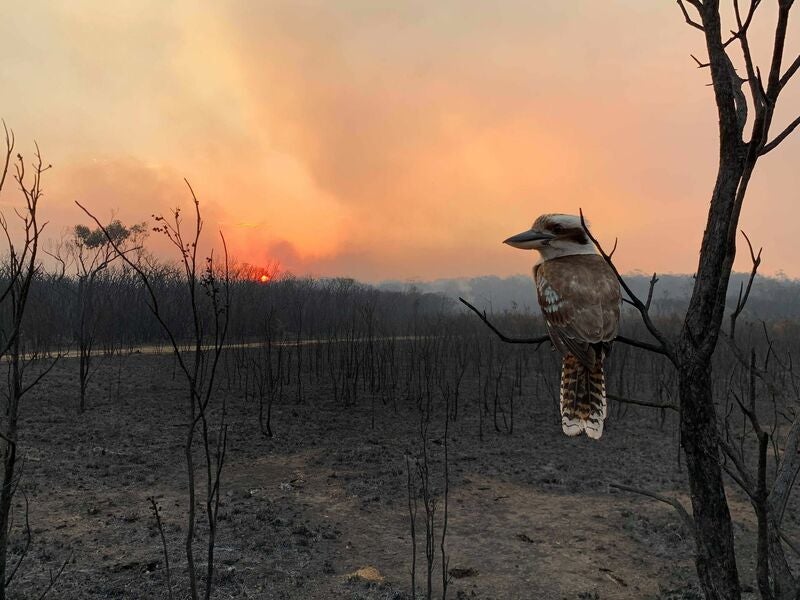Re:wild Your Fridge | Brazil Case Study
How deforestation for animal agriculture is threatening the Amazon — and how shifting what we eat can help protect it.
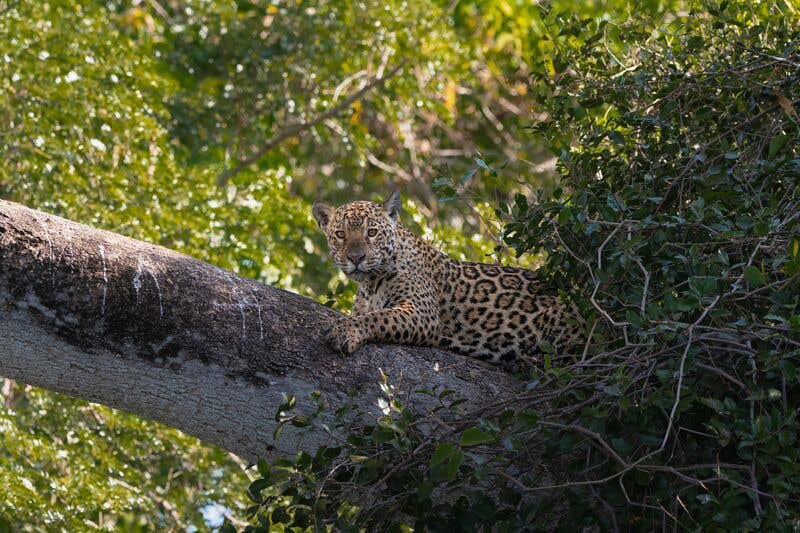
The Brazilian Amazon is one of the most biodiverse places on the planet.
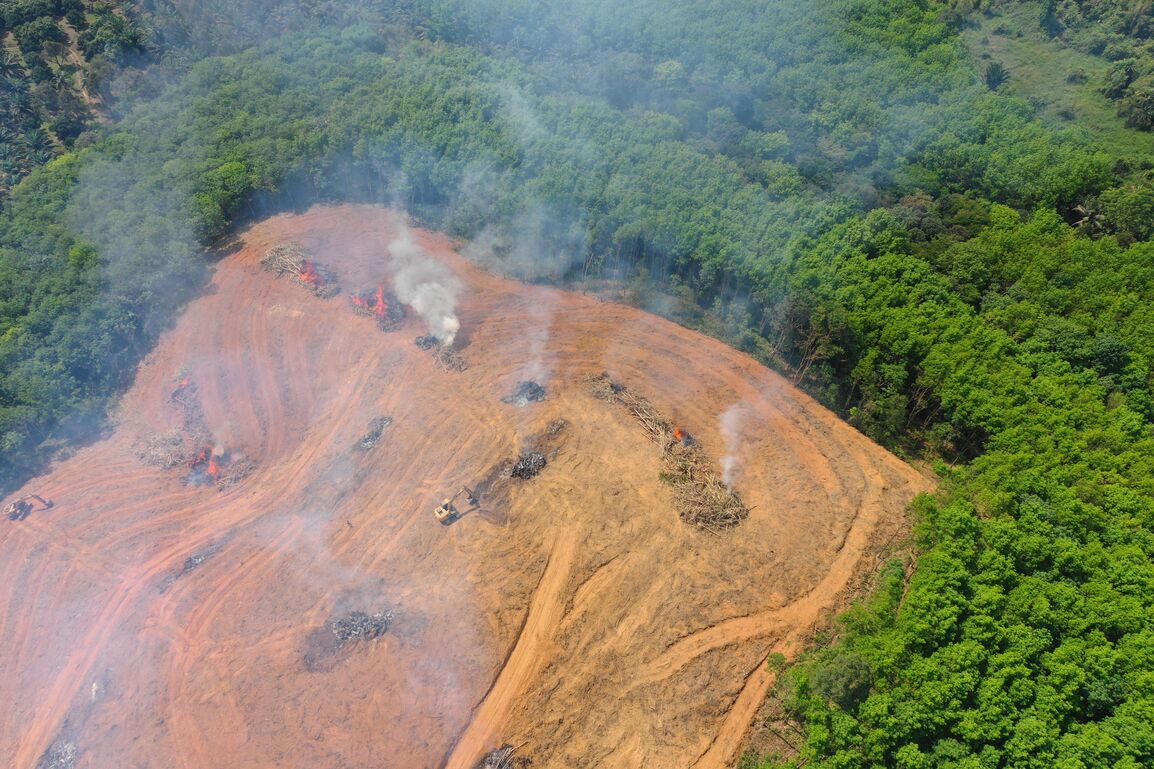
Of the deforestation that occurred in the Brazilian Amazon between 1985-2021, a full 95% was due to animal agriculture, including both pasture for cattle and feed crops.
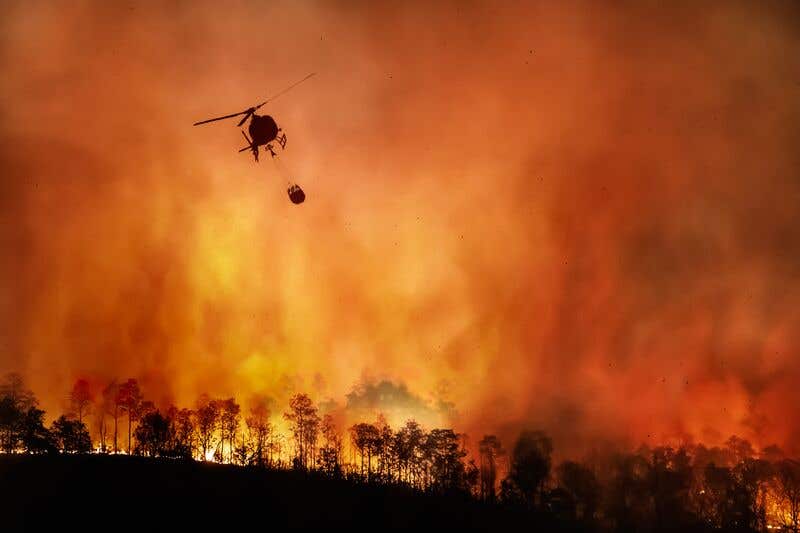
The consequences are devastating.
Read more about the fires and their impactopens in new tab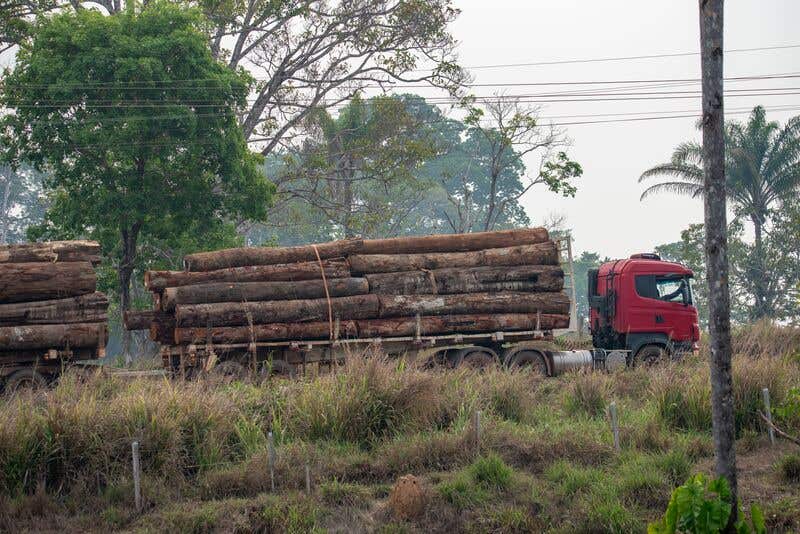
Nearing the Tipping Point
Learn Moreopens in new tabWhat are we doing about it?
